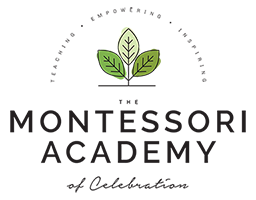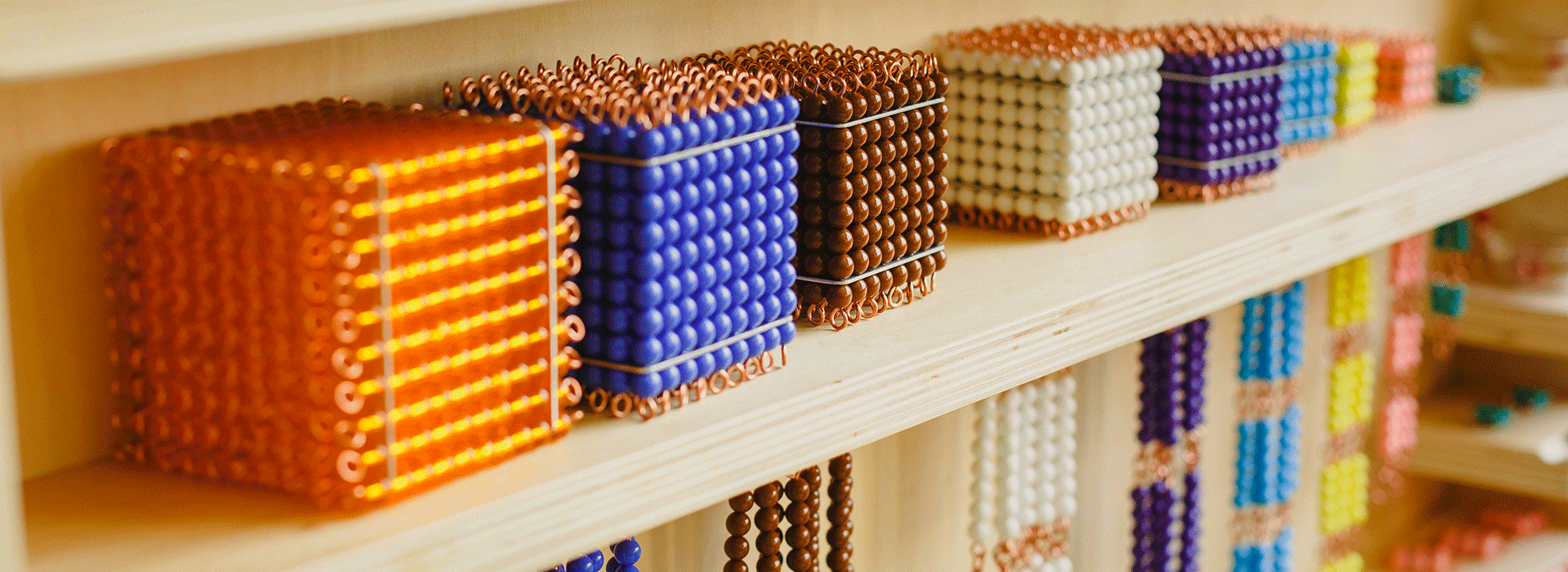8:15 – 3:15, Monday – Friday
The Upper Elementary class consists of students in years 4-6 of their Montessori elementary education. Building on skills honed during Lower Elementary, students further their explorations in all subject areas, working on projects, group exercises, and individual studies. During the three-year cycle, students are exposed to a rich curriculum comprised of the following subject areas: arithmetic, geometry, language, geography, the sciences, history, art and music. The music curriculum includes exposure to Japanes (Taiko) drumming, and private music lessons in piano, violin, and guitar is also available. Students also receive regular instruction in Spanish language and culture.
Dr. Montessori believed that all children should spend time in nature. All of our Upper Elementary students enjoy daily recess at the beautiful Spring Park across the street from the school, and our Physical Education classes are provided in this vibrant setting. To enhance focus, concentration, wellness, and emotional self-regulation, yoga classes are also part of the curriculum.
In addition to regular field trips, students are encouraged to participate in various humanitarian projects, dialogue and discuss matters of philosophy and critical thought, and grow in social and moral development. Much emphasis is placed on being the best version of ourselves and developing and practicing empathy.

